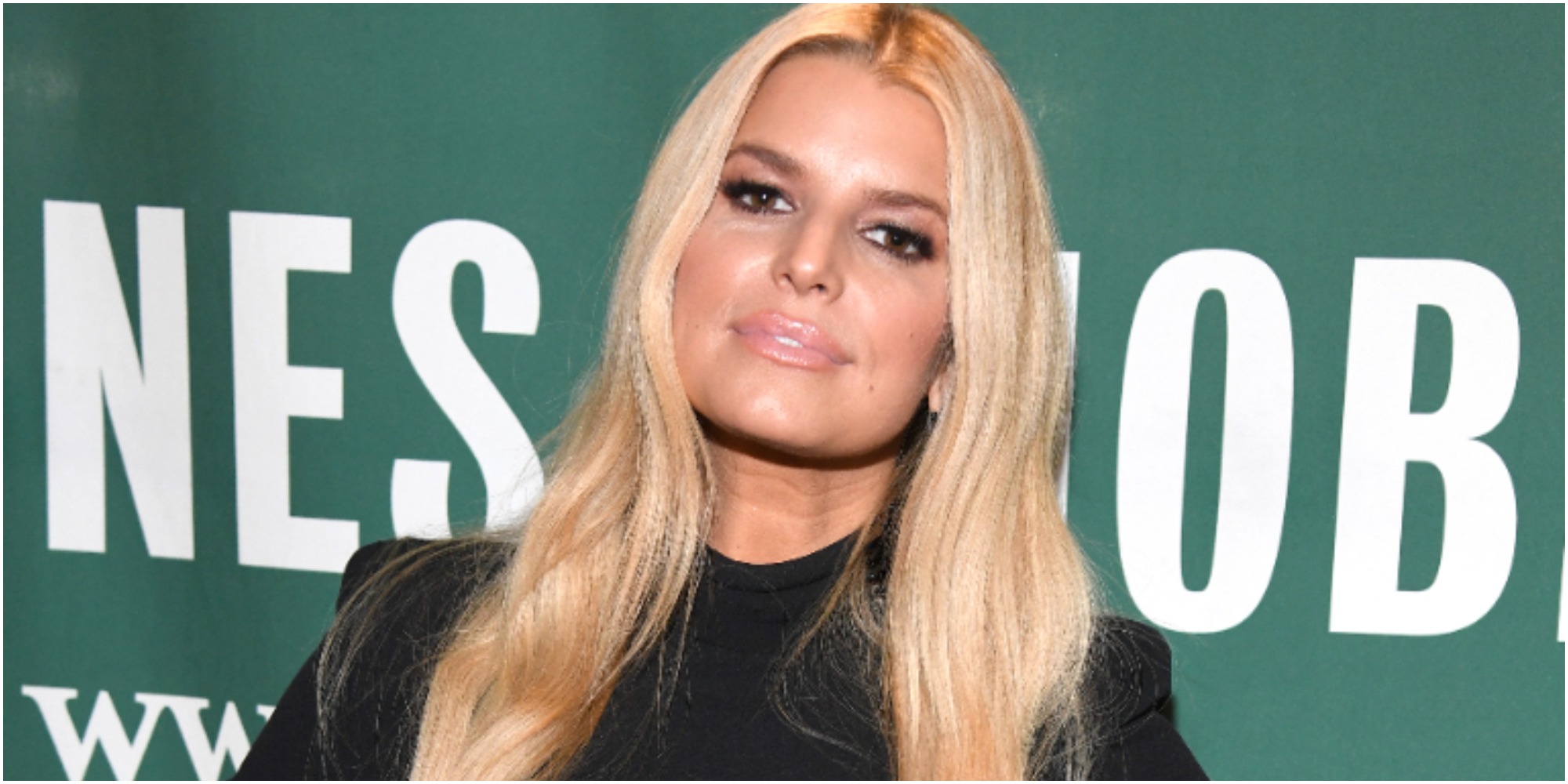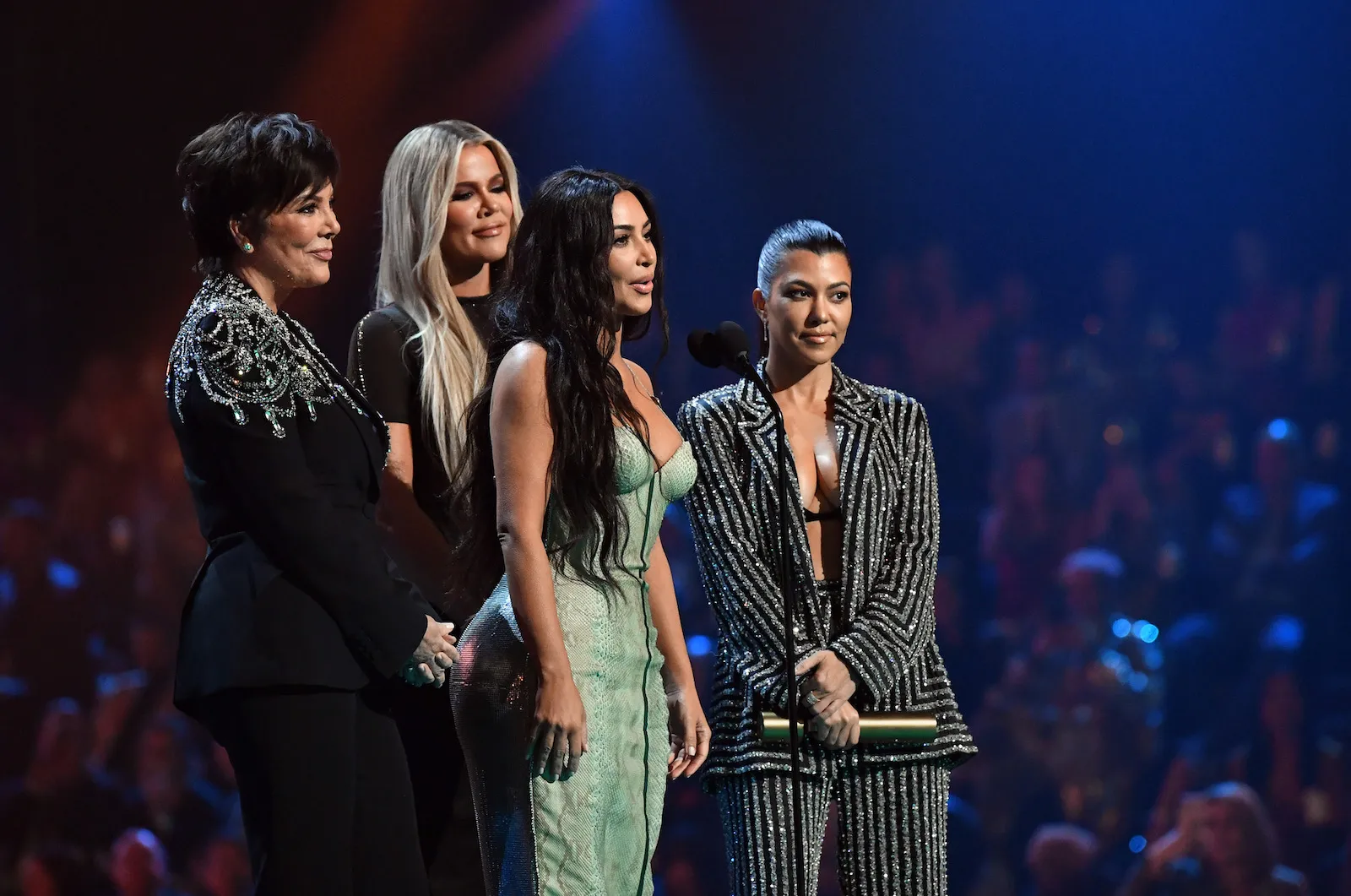Jessica Simpson Pulled a Taylor Swift When She Battled for Ownership of Her Fashion Brand; Here’s How Their Cases Are Similar
Jessica Simpson is a triple-threat performer, a singer, actress, and bestselling author who has been in the spotlight since she was a teenager. In 2005, Simpson launched a fashion brand that would help to redefine the latter part of her career, with the clothing, shoes, and accessories becoming style staples for many.
What few fans of Simpson’s brand might realize, however, is that over the past few years, Simpson has been involved in a complicated process to take back full control of the brand—in a bold business move that some fans have compared to Taylor Swift’s journey to reclaim ownership of her music.
How did Jessica Simpson reclaim ownership of her fashion brand?

The Jessica Simpson Collection, which was launched in 2005, has become a true lifestyle brand, featuring everything from high-end shoes to children’s clothing and accessories. Over the years, though, the business has gone through some struggles. In August 2021, Sequential Brands Group Inc., the brand’s parent company, filed for Chapter 11 bankruptcy protection, which threatened to send Simpson’s brand under.
At the time of the filing, Simpson and her mother, Tina Simpson, owned a minority stake in the company. After the bankruptcy filing, Simpson knew that she had to do something, and started negotiating for full control of her beloved brand. It was not an easy process. In fact, it took months of hard business negotiations before Simpson and her mother were able to regain ownership of The Jessica Simpson Collection, which is now considered to be a billion-dollar business, according to People Magazine.
What has Jessica Simpson said about the process of ‘claiming victory’ in her battle to own her brand?
Over the past few months, Simpson has opened up on social media about the long, hard road to regaining control of her fashion brand. In an Instagram post shared in October 2021, Simpson gave credit to her business partners, writing “Wow! This is truly a moment of personal redemption and grace. I never think of myself as the BOSS because I have 8 lady lifers helping my mom and I create and work all the moving parts within the JSC.”
Just a few weeks later, in November, Simpson shared a selfie to Instagram to celebrate the finalization of the business dealings: “We withstood the battle and today we CONFIDENTLY claim victory! The entire Jessica Simpson Collection belongs to us!”
In more recent weeks, Simpson has continued to celebrate her success, sharing inspirational messages on Instagram about the importance of believing in yourself and your own unique journey.
Taylor Swift also participated in a lengthy battle to gain control of her music
Some fans have pointed out that Simpson’s battle to regain control of her fashion brand mirrors another powerful woman’s struggle to control her image and body of work.
Swift made headlines in early 2019, when she expressed her outrage that music executive Scooter Braun had purchased her former record label, Big Machine Records, and now owned the master recordings of her first six albums. Swift noted that she tried to buy them back, but was unsuccessful. And in late 2020, her masters were sold to an unnamed buyer. According to CNN, Swift wrote on Twitter: “I would have to sign a document that would silence me forever before I could even have a chance to bid on my own work.”
In the end, Swift embarked on the process of re-recording her music, in order to take back control of her artistry and music. Notably, Braun later went on the record to blame the feud between himself and Swift on poor communication.
For fans, Swift’s situation echoes Simpson’s in that both women were able to redefine their futures on their own terms—even if the process left something to be desired. Still, Swift’s battle to reclaim her masters resulted in a lengthy court fiasco, while Simpson’s quest to regain ownership of her brand likely involved a lot more negotiation and boardroom meetings.


